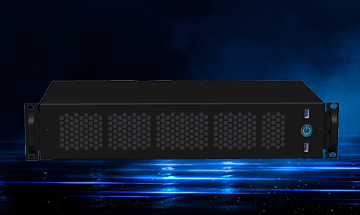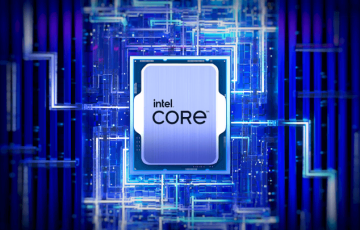10 TB 3D NAND is upon us.
Last year we spoke in detail about the gap between traditional storage and SSD closing significantly. A lot can change in a year, a phrase which appears particularly apt to the world of SSD. Being more affordable, more powerful and with greater capacity, it’s fair to say SSD is playing a major part in ushering out traditional spinning disk storage.
Previously, we suggested that SSD manufacturers were looking at new ways to increase capacities almost exponentially and that is now becoming a reality. By adopting Micron’s 3D NAND flash chips and stacking them vertically, Intel has created an affordable 10TB SSD, which they recently announced will be making its way to market later this year. With each of these new advancements we are increasingly seeing a Moore’s Law for storage memory.
Intel’s new solid state drive promises a huge jump in capacity and performance, yet retaining the same physical footprint – meaning positive impacts on both device size and data centre real estate. The arrival of the new 3D NAND technology should also signal a lower price per/GB, whilst delivering significant advancements over standard Planar NAND. And if all goes to plan you should be able to reap these cost and productivity gains in the coming months.
It’s more than just capacity
If anything was holding people back from SSD, some might argue it was the capacity, but really that’s a non-argument now, especially with the arrival of 3D NAND. Similarly, SSD uses an embedded controller to read and write data and in the early days of their development, write speeds were lower than read speeds leading to gripes compared to traditional disk alternatives. However, the current crop of SSDs offer massive jumps in performance too, offering a far more even performance symmetry – with read and write speeds potentially averaging 580 mps and 500 mps respectively, meaning less time required to store and pull data when you need it.
The prospect of 3D NAND technology promises even greater read/write bandwidth, I/O speeds and power savings all within the next 12 months. Consequently, it appears 3D NAND will smash previous ceilings on both capacity and performance. Perhaps its arrival will mark the final demise of spinning disk.
If you’d like to know more about SSD and its inclusion in our products or believe the technology could lend itself to a potential challenge you face, please get in touch to talk further.






